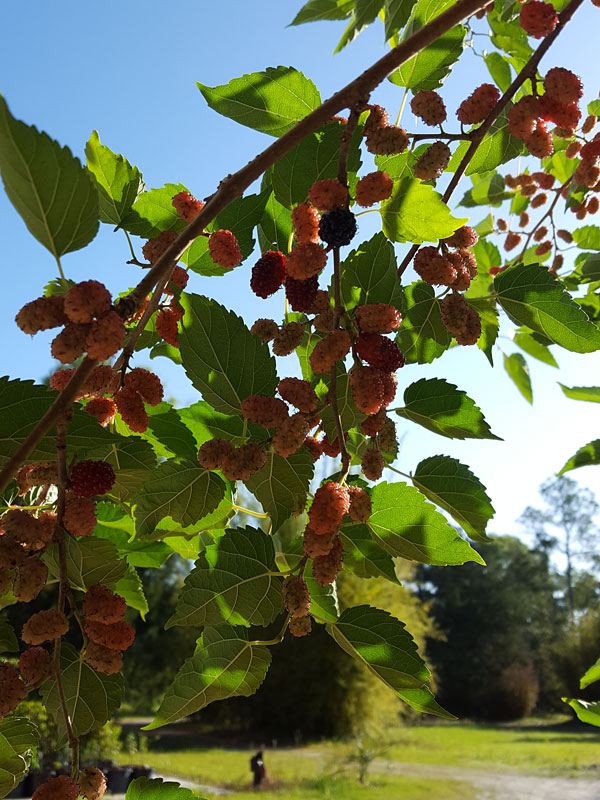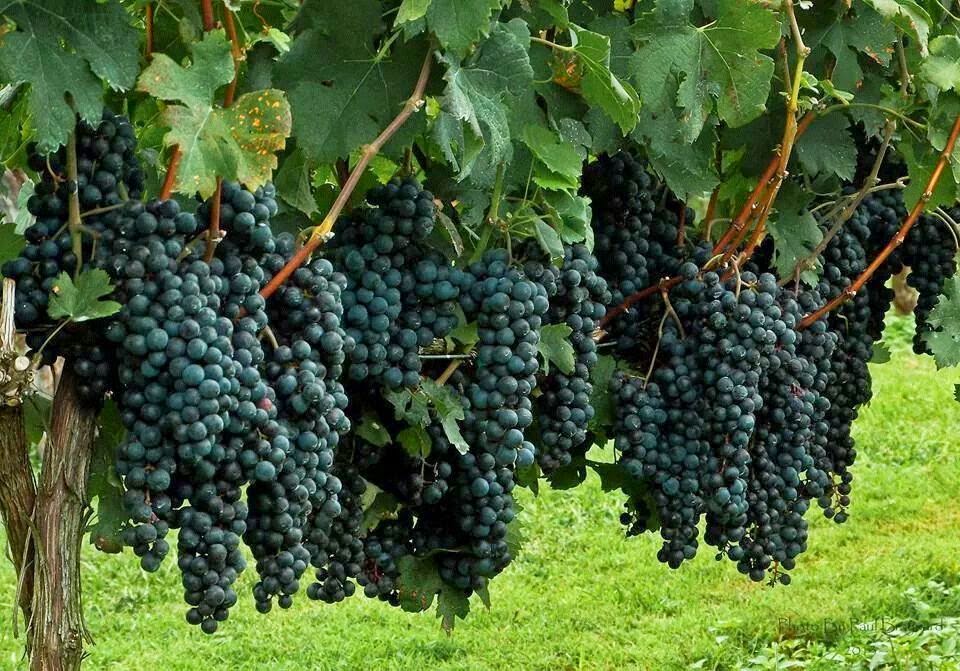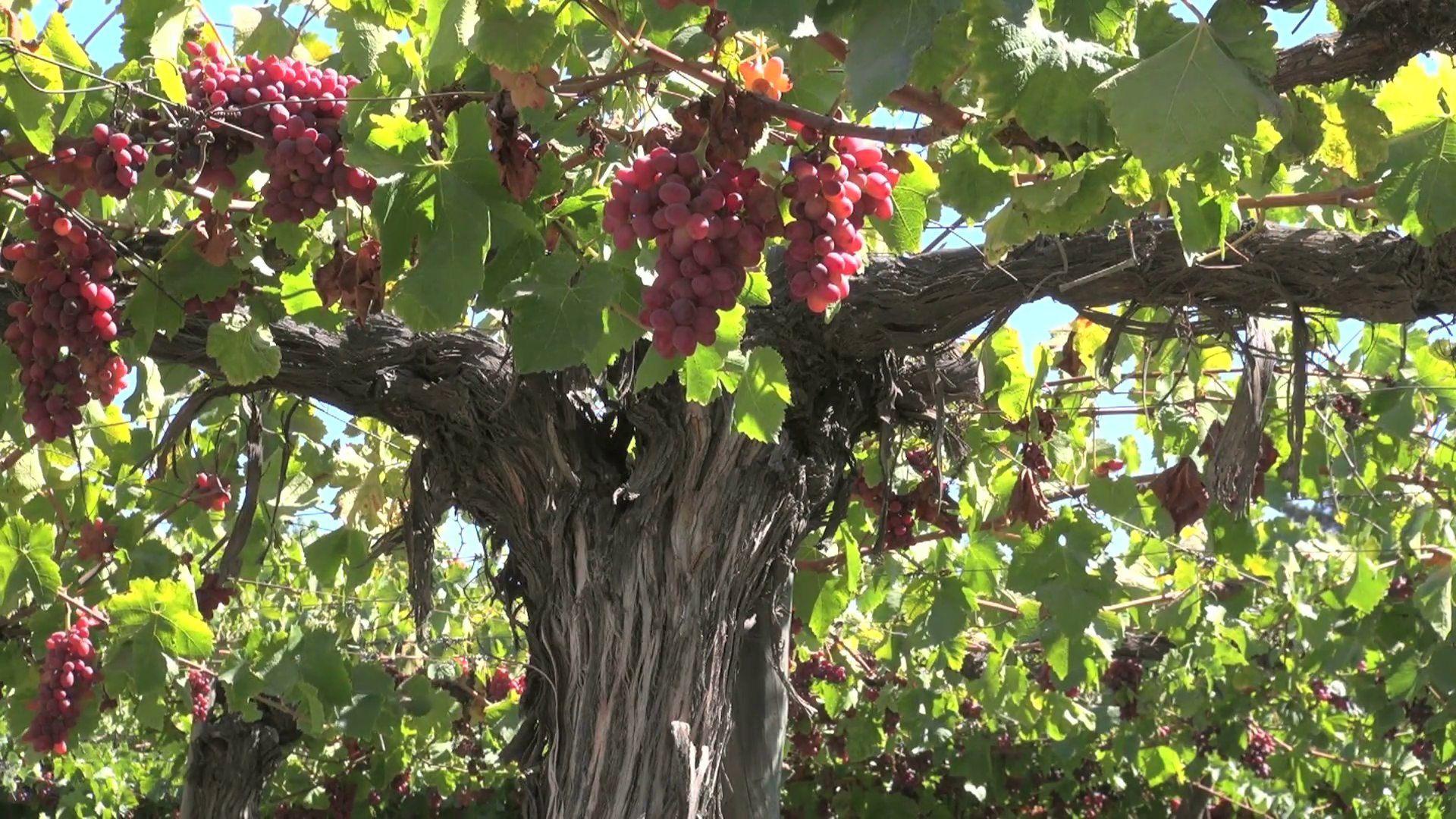

The cookie is used to store the user consent for the cookies in the category "Performance". This cookie is set by GDPR Cookie Consent plugin. The cookie is used to store the user consent for the cookies in the category "Other. The cookies is used to store the user consent for the cookies in the category "Necessary".
#GRAPE TREE HOW TO#
The cookie is set by GDPR cookie consent to record the user consent for the cookies in the category "Functional". How to Grow Grapes, Complete Growing Guide The Gardening Channel With James Prigioni 1.1M subscribers Join Subscribe 24K 1M views 2 years ago Today I will show you how to grow grapes in your. The cookie is used to store the user consent for the cookies in the category "Analytics". These cookies ensure basic functionalities and security features of the website, anonymously. Retrieved May 24, 2019.Necessary cookies are absolutely essential for the website to function properly. "A Grammatical Dictionary of Botanical Latin". This edition is downloadable, Google Books, at. University of Florida School of Forest Resources and Conservation. "Delnor-Wiggins Pass State Park: Dune plants are tough enough to withstand harsh conditions".

^ Paris Permenter, John Bigley (2001).Tropical Flowering Plants: A Guide to Identification and Cultivation. ^ "Conservation Plant Characteristics for Coccoloba uvifera".National Audubon Society Field Guide to Florida. Botanic Gardens Conservation International et al.

^ IUCN SSC Global Tree Specialist Group.Coccoloba comes from the Greek kokkolobis, a kind of grape, literally, "berry pod". Relying on Browne, Linnaeus' second edition (1762), changed the classification to Coccolobus uvifera, citing all the other names. The first edition of Linnaeus's Species Plantarum (1753), based on Plukenet, assigned the plant to Polygonum uvifera and noted flores non vidi, "I have not seen the flowers." Subsequently, Patrick Browne, The Civil and Natural History of Jamaica (1756) devised Coccoloba for it. The natives viewed it as a large mulberry. The first botanical names of the plant were assigned in 1696 by Hans Sloane, who called it Prunus maritima racemosa, "maritime grape-cluster Prunus", and Leonard Plukenet, who named it Uvifera littorea, "grape-bearer of the shore", both of which names reflect the European concept of "sea-grape", expressed in a number of languages by the explorers of the times. The fruits of the sea grape may be eaten raw, cooked into jellies and jams, or fermented into sea grape wine. The wood has occasionally been used in furniture, as firewood, or for making charcoal. The sap has been used for dyeing and tanning leather. Tall sea grape plants behind beaches help prevent sea turtles from being distracted by lights from nearby buildings. It serves as a dune stabilizer and protective habitat for small animals. Culture: partial shade/full sun, drought toleranceĬoccoloba uvifera is a popular ornamental plant in south Florida yards.Honey bees and other insects help pollinate these plants male and female plants can be distinguished by the appearance of their flowers, as males usually show dead flower stalks. Sea grape is a dioecious species, that is, male and female flowers are borne on separate plants, and cross-pollination is necessary for fruit to develop. The fruit is very tasty, and can be used for jam or eaten directly from the tree. uvifera is wind-resistant, moderately tolerant of shade, and highly tolerant of salt, so it is often planted to stabilize beach edges it is also planted as an ornamental shrub. The seeds of this plant, once gathered, must be planted immediately, for unlike most plants, the seeds cannot withstand being stored for future planting.Ĭ. The leaves turn reddish before withering. Each contains a large pit that constitutes most of the volume of the fruit.Īlthough it is capable of surviving down to about 2 ☌ (35.6 ☏), the tree cannot survive frost. The fruit gradually ripens to a purplish color. In late summer, it bears green fruit, about 2 cm (0.79 in) diameter, in large, grape-like clusters. Common names include seagrape and baygrape. Coccoloba uvifera is a species of flowering plant in the buckwheat family, Polygonaceae, that is native to coastal beaches throughout tropical America and the Caribbean, including southern Florida, the Bahamas, the Greater and Lesser Antilles, and Bermuda.


 0 kommentar(er)
0 kommentar(er)
